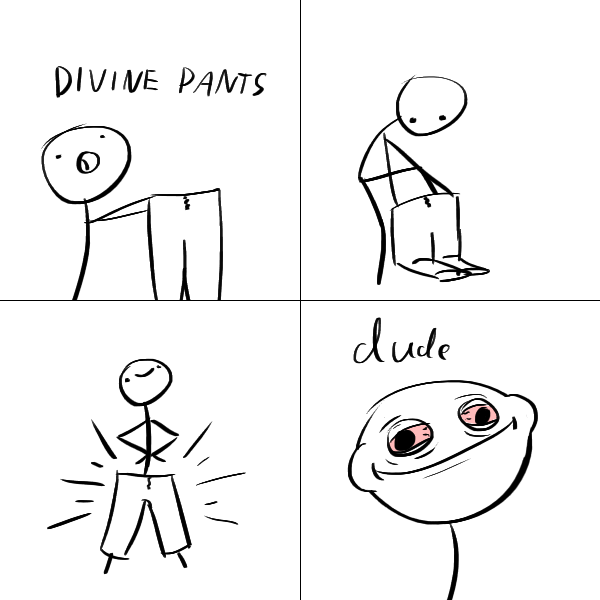Originally Posted by
WeooWeoo

Could you make a simple tutorial on how to shade properly?
Well, there are many ways to go about it, but i could certainly try to explain my own method, even if it may not always be considered "proper". :v
STEP UNO: UNDERSTANDING LIGHT
Most light sources are radial in nature, and as such, radiate light outwards in a uniform circle. In case of our dear sun, the source of light is so massive and so far away that rays of sunlight are basically parallel down here, which simplifies our task slightly in that we can basically call it an oncoming plane of light. But, regardless of how much we may simplify, you will need a good spatial sense to do it properly. EXAMPLE: A SPHERE.
Light comes in parallel rays here, and there are three specific areas of the sphere we need to be aware of: Perpendicular to the light, parallel to the light, and half of the angle between the viewer and the direction of the light, which is the specular reflection. The perpendicular spot is actually mostly to guide us towards the specular reflection, since the perpendicular spot itself is actually not the brightest. The specular reflection is where the light gets reflected directly into our eyeballs, which makes it REALLY BRIGHT. On more matte surfaces, it'll be less defined, but it's likely still going to be where the object is brightest.
The ring around the sphere where light is parallel to the surface marks the border between light and shadow, and in reality, this line only gets blurred by proximity to large light sources (because the object will be blocking out parts of the light source for itself). I've marked the two spots here:
Where the yellow ring from before is the parallel surface. Now, watch what happens when we turn that into light and shadow:
WELL SHIT. But mind you, this is something you need to build up a natural feel for, because doing this every time is a pain in the arse. I just wing it for the most part, and honestly, the "parallel rays" line is the most important part. If you have a good feel for the cross section of an object, it's actually pretty easy to make. :v
PART ZWEI: DRAWING THE ACTUAL SHADING
This is where practice comes in. I'm not going to bother telling you
exactly how to draw it (partly because i'm not sure how to do that), because there's a lot of ways to do that (and frankly the only thing i'm half-decent at is cel shading which doesn't require much drawing at all). However, a few things to keep in mind:
- The colour of the light source affects the perceived colour of the object. Our sunlight is very white indeed (at least during mid day, since it reddens towards dusk), so colours in the light tend to be more saturated than the ones in the shadow, but note that they also tend to
lose some saturation as you get closer to the specular highlight due to them being drowned out by the bright white light.
- Ambient light affects the colour of the shadow. Sunlight is extremely dominating, so you won't see much atmospheric blue on the lit side of anything, but in the shadow outside, you may want to add a bit of blue. Likewise, if there's a faint red glow in an area along with a powerful white lamp, the shadows are going to be reddish.
- CONTRAST. Don't be careful, go HAM. Make the shadows DARK, and the light BRIGHT. Make it ALL CAPS, not
sorry guise i have to put a shadow here.
- Unless you're working in grayscale, don't just select black or white and use a low opacity brush to blend with the base colour, because that's not going to look nice. Be mindful of the colours you pick, because they do matter. Notice that in
these here painty fruits, the shadows aren't just darker versions of the base colour.
THREE STEP PENALTY: one addendum or something
If you're using a light source that ISN'T the sun, just think of the rays of light as radiating outwards from its center. Also, standard drawing techniques still apply here; let your brush strokes follow the surface of the object instead of just randomly splorting everywhere, because unless your colour is COMPLETELY uniform, it's going to show.
I hope this disjointed mess helps, but i understand if it doesn't. :v










